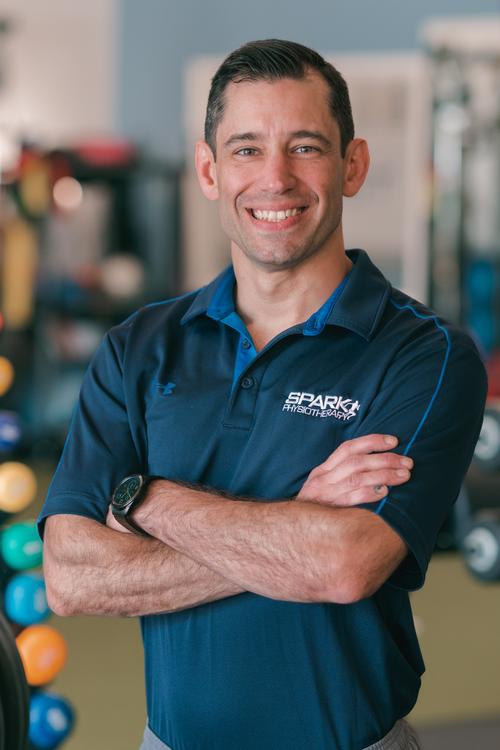 Professional and amateur baseball players are gearing up for the new season. Spring training is the time to show coaches what we’re made of, but it’s also when players suffer injuries due to a long winter without training.
Professional and amateur baseball players are gearing up for the new season. Spring training is the time to show coaches what we’re made of, but it’s also when players suffer injuries due to a long winter without training.
Even athletes who stay in shape are at risk of overworking their bodies, pushing them to go farther and faster without adequate rest.
Our sports physical therapist has seen baseball injuries end careers and cuts successful seasons short. Fortunately, we have developed a physical training program specifically for baseball players, reducing the risk of injury and keeping you in peak condition for game day.
Baseball PT to Strengthen and Optimize Your Body
Baseball requires every player to perform a repetitive set of movements, placing the muscles and ligaments at risk of overexertion. If a player isn’t allowed to recover, their tired muscles start to lean on the joints, tendons, and bones for additional strength, weakening the body and affecting performance.
Our baseball PT services include massage, stretching, strengthening, and other techniques to relieve strain and make players less susceptible to injury. We have therapies to improve performance in all positions, including:
- Pitchers. Pitchers place a lot of rotational strain on their backs and necks as they wind up and use their shoulders and arms repeatedly during throwing. Physical therapy on the picking arm ensures that pitchers can throw harder, longer, and with more accuracy. Back and leg exercises can ease the strain on the dominant leg used to propel the ball forward.
- Batters. Being a batter in baseball can be tough on the body. Long innings and massive swings can really do a number on your muscles and joints. Our physical therapy for batters includes endurance, training arm strength, leg strength, and correcting muscle imbalances that prevent you from making strong and steady contact with the ball.
- Catchers. A catcher performs almost as many throwing motions as a pitcher, but does it while bracing their arms and squatting. Our physical therapists provide exercises specifically tailored to relieve the constant pressure on a catcher's knees, neck, back, and ankles, as well as create a tailored stretching regimen to prevent joint injuries.
- Outfielders. Outfielders have to strike the right balance between conserving energy and staying flexible to maximize their performance. Physical therapy is used to stretch out the arms and shoulders for overhand throws, warm up the legs for long sprints chasing fly balls, and prepare the joints for quick take-offs. and use foam rollers or tennis balls to hit all those hard-to-reach muscles used while tracking grounders and line drives.
Best PT Practices to Prevent Baseball Injuries
At its core, physical therapy is a way to allow your body to become used to the demands of the game. If you slowly increase your speed, flexibility, and range of motion, your chances of injury decrease dramatically.
The three tenets of injury prevention for baseball players are:
- Warm-up. A few stretches before the game time aren’t enough to undo all of the damage your body suffers during the season. A proactive workout routine includes dynamic mobility exercises to allow the muscles to progress through a full range of motion, as well as stretching and resistance to store energy you’ll need into the late innings.
- Cool down. Recovery is vital for staying at peak performance, and that means making time for physical therapy cool-down exercises. We devise dynamic stretches to increase range of motion and help muscles get the most out of their post-game recovery. Light jogging or walking reduces stiffness and keeps circulation high and muscles flushed with fresh nutrients. We may also recommend sports massage or dry needling therapy to promote healing.
- Sit out. If you’re experiencing any soreness or burning in your muscles and joints, don’t wait to address the problem with your physiotherapist. You may be performing a motion incorrectly, putting you at risk of sudden trauma or chronic conditions such as tendonitis.





